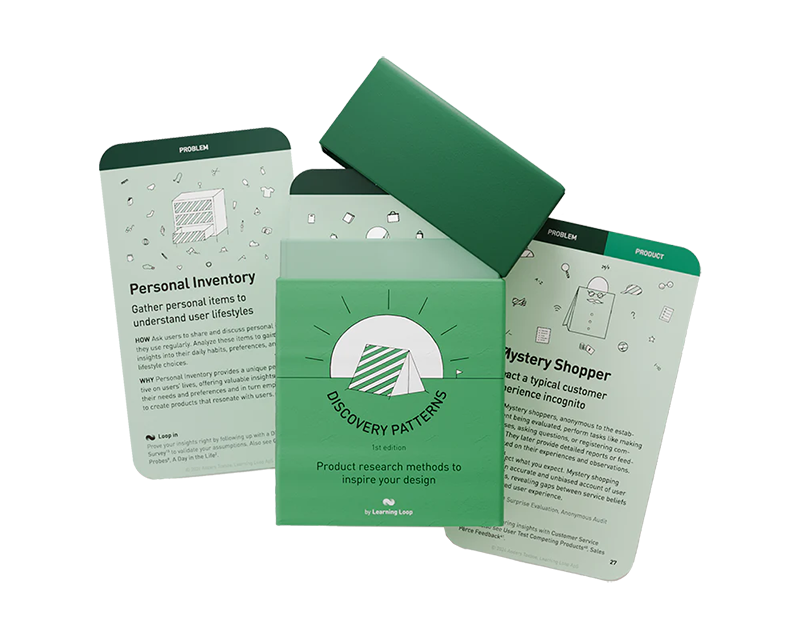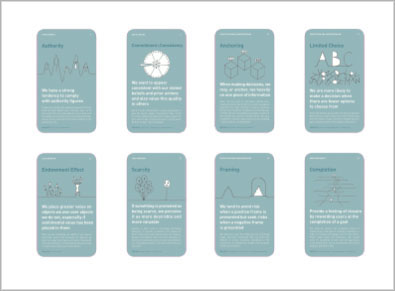How: Perform detailed analysis of users' cognitive processes during task execution. This involves studying decision-making, emotions, memory, perception, and problem-solving activities.
Why: Cognitive task analysis provides deep insights into users' mental models, aiding in crafting designs that feel more intuitive and efficient to the user and their context.
Cognitive Task Analysis (CTA) is a research method focused on uncovering the mental processes and knowledge structures that underpin complex human performance. It goes beyond observable behaviors to understand how people make decisions, solve problems, and manage cognitive workload in real-world contexts. Unlike traditional task analysis, which often maps physical or procedural steps, CTA investigates the often invisible cognitive strategies and judgments that guide expert behavior. By capturing this deep knowledge, CTA helps to inform the design of training programs, user interfaces, systems, and tools that better support human cognition.
CTA is especially useful in domains where tasks involve high levels of uncertainty, complexity, or expertise—such as healthcare, aviation, nuclear power operations, emergency response, and increasingly, complex digital systems. In these settings, understanding how experienced professionals think, recognize patterns, and prioritize under pressure is key to developing support tools for less experienced users or improving system design.
The Cognitive Task Analysis process
A standard CTA process includes several phases. It typically starts with preparation and background research, where analysts familiarize themselves with the task domain, often by reviewing documentation or conducting informal interviews. This step helps to clarify the scope and identify subject matter experts (SMEs) for further analysis. The core of CTA lies in the knowledge elicitation phase, where researchers use interviews, observations, and structured protocols like the Critical Decision Method (CDM) to uncover how experts think and decide during critical tasks. These sessions often involve walking through real or hypothetical scenarios and probing deeply into the decision points, cues noticed, mental models used, and alternatives considered.
After collecting data, the analysis phase involves identifying and organizing cognitive components such as goals, sub-goals, information needs, decision rules, and heuristics. This qualitative data is synthesized into structured outputs such as decision ladders, cognitive flow charts, or tabular representations. The final step involves translating the insights into applications—training materials, system requirements, interface design guidelines, or decision aids that are grounded in actual cognitive requirements.
CTA Methods and Frameworks
Various structured approaches have emerged to conduct CTA effectively:
- Critical Decision Method (CDM). A protocol for exploring decision-making in time-pressured environments.
- Applied Cognitive Task Analysis (ACTA). A practical set of tools to elicit and represent expert knowledge efficiently.
- Rasmussen’s Framework. Focuses on analyzing the task environment, decision sequences, and cognitive strategies, accounting for different levels of user expertise.
These approaches offer different strengths depending on whether the goal is design, training, or organizational change.
Cognitive Task Analysis UX & Systems Design
CTA is increasingly applied to improve system usability and align design with mental models. For example, during the design of a medical device interface, CTA can reveal how nurses prioritize alarms, interpret data trends, or troubleshoot under stress—insights that may not surface in usability tests alone. Similarly, in enterprise software contexts, understanding how domain experts diagnose and resolve complex problems can inform better information architecture and reduce cognitive load for new users.
Conducting a CTA study requires careful planning and thoughtful engagement with participants. Selecting the right experts, designing realistic scenarios, and crafting open-ended but focused interview prompts are critical for eliciting meaningful insights. Effective probes might include: “What were you looking for at that moment?”, “What made that decision difficult?”, or “How did you know something was wrong?”. These questions help illuminate the cognitive cues and shortcuts experts use that might otherwise go unspoken.
Researchers new to CTA should also be prepared for the challenge of synthesizing large volumes of qualitative data. Coding schemes, thematic analysis, and visual mapping techniques are essential for managing and interpreting this information. Tools like Dovetail, NVivo, or even structured templates in Notion or Miro can assist in organizing data into usable formats. The output should aim to bridge cognitive insights with design actionability—whether in the form of training recommendations, interface adjustments, or system redesigns.
Measuring impact and useful method pairings
Measuring the success of a CTA project is tied to its impact on usability, performance, or learning outcomes. Effective CTAs often result in systems that better support decision-making, reduce training time, or improve user satisfaction. They also contribute to more resilient systems by making expert thinking accessible and transferrable.
Finally, CTA does not operate in isolation. It pairs well with complementary research methods like ethnographic observation, usability testing, and journey mapping. Observations help ground cognitive insights in real-world context. Usability testing validates whether changes based on CTA insights actually ease cognitive burden. When sequenced appropriately, CTA can serve as a foundational method that shapes how other research methods are framed and interpreted.
Popular tools
The tools below will help you with the Cognitive Task Analysis play.
-
Dovetail
A qualitative research analysis platform that helps organize and tag interview transcripts, video clips, and notes. Excellent for coding CTA data and mapping cognitive components like cues, decisions, and heuristics.
-
NVivo
A leading software for qualitative data analysis, widely used in academic and applied research. Supports coding, text search queries, and conceptual frameworks essential for analyzing CTA interview data.
-
ATLAS.ti
Supports deep qualitative data analysis with tools for coding, network visualizations, and categorization—useful for breaking down decision ladders and mental models in CTA.
-
Reframer (Optimal Workshop)
Designed for qualitative UX research, Reframer helps organize and analyze observational and interview data—suitable for mapping user decisions and thought processes.
-
ScribeWise
Focused on cognitive modeling and knowledge engineering. Supports the formalization of mental models and reasoning paths often identified in CTA.
Real life Cognitive Task Analysis examples
NASA
NASA applied cognitive task analysis in spacecraft design to ensure interfaces align with astronauts’ cognitive processes, enhancing operational efficiency and safety.
Apple
Apple uses cognitive task analysis in the development of user interfaces for its devices, ensuring they align with intuitive user thought processes and actions.
A collection of clever product discovery methods that help you get to the bottom of customer needs and coining the right problem before building solutions. They are regularly used by product builders at companies like Google, Facebook, Dropbox, and Amazon.
Get your deck!Related plays
- Cognitive Task Analysis by Global Cognition Team at Global Cognition
- Cognitive Task Analysis for UX Research by UX24/7 Team at UX24/7
- Cognitive Task Analysis by UPA Contributors at Usability Body of Knowledge
- A Framework for Cognitive Task Analysis in Systems Design by Jens Rasmussen at Risø National Laboratory, Denmark


